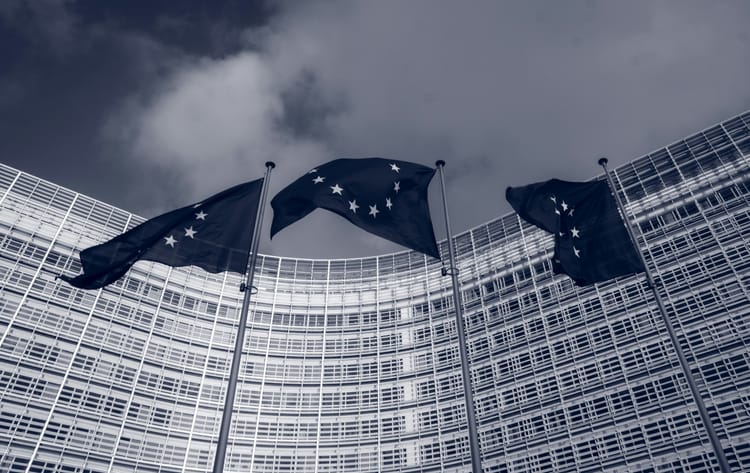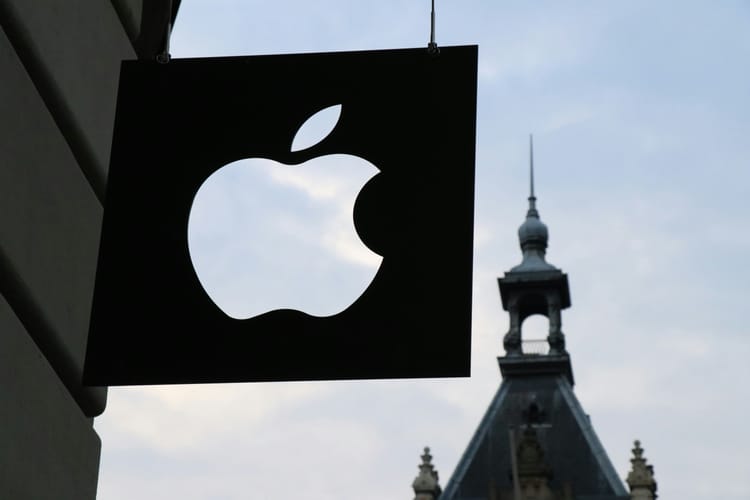Gap Inc. still seeking SBTi approval of net zero target after having ‘commitment removed’

US apparel company Gap Inc. plans to get its net zero target approved by the Science-Based Targets Initiative (SBTi) within the coming year – even after its commitment was removed from the SBTi dashboard.
In its latest sustainability report (published this week), Gap Inc, which owns brands such as Old Navy, Gap, Banana Republic and Athleta, says it began the process to update its science-based targets and establish a new goal of net zero emissions by 2050 in 2023, which it plans to submit in the coming months.
In March, the company’s commitment to set a long-term net zero target was removed from the SBTi dashboard (along with that of almost 250 other members of the Business Ambition for 1.5ºC initiative) because it failed to submit its 2050 target within the two-year deadline allocated to those who commit.

At the time, the SBTi noted that many of the companies with commitments removed still intended to submit targets for validation, and “were encouraged to do so at the earliest opportunity”.
Updated Scope 3 emissions target for Gap Inc.
Gap Inc. says it has already submitted an updated 2030 target for Scope 3 purchased goods and services to align it with a ‘well below 2ºC scenario’, after it reportedly dropped its approved 1.5ºC-aligned goal earlier this year.
According to the group, the target update is intended to align with the latest SBTi guidance, and although the reduction goal (30%) and baseline year (2017) remain unchanged, the new target could include Forest, Land, and Agriculture (FLAG) emissions.
The SBTi published new guidance in December requiring that companies whose FLAG emissions total 20% or more of their overall carbon footprint to set a specific target (companies such as Sainsbury’s and Co-op have already done so). Gap Inc. says it conducted its first FLAG assessment and land use emissions inventory last year, though it has not disclosed these emissions yet.
Gap Inc. progress on climate goals
2024 could be a year of enhanced climate commitments for the company, which began developing “a time-bound transition plan” as well as an updated climate scenario analysis last year, and says it is “preparing for emerging climate-focused regulations”.
Already, Gap Inc. has reduced Scope 1 and 2 emissions by 77% from its 2017 base year, putting it on track to meet its 90% reduction goal by 2030. This ambition is tied to a commitment to source 100% renewable electricity across its global operations by the end of the decade – so far it has achieved 58%.
In Scope 3 purchased goods and services, the brand has cut emissions by 16%, mainly by switching to more sustainable materials including regenerative cotton and recycled polyester, as well as working with suppliers to reduce energy-related emissions and phase out coal.
Focus on traceability
Gap Inc. says 98% of its cotton comes from sustainable sources, including cotton bearing the Better Cotton seal – but this specific initiative is now under scrutiny after it emerged that some of its cotton was linked to deforestation in Brazil.
Retailers H&M and Zara were found to be unknowingly selling garments made with such cotton: a failure of the certification scheme caused by a general lack of traceability across complex apparel supply chains.
Aware of this issue, Gap Inc. appears heavily focused on enhancing traceability: in 2023 it signed a long-term partnership with blockchain initiative TextileGenesis to trace preferred fibres at the purchase order level, and has so far traced over 44 million garments through this platform. It is also one of the companies aiming to use Better Cotton’s new traceability platform to “capture how cotton is transferred through the supply chain by enabling stakeholders to input relevant information”.







Member discussion